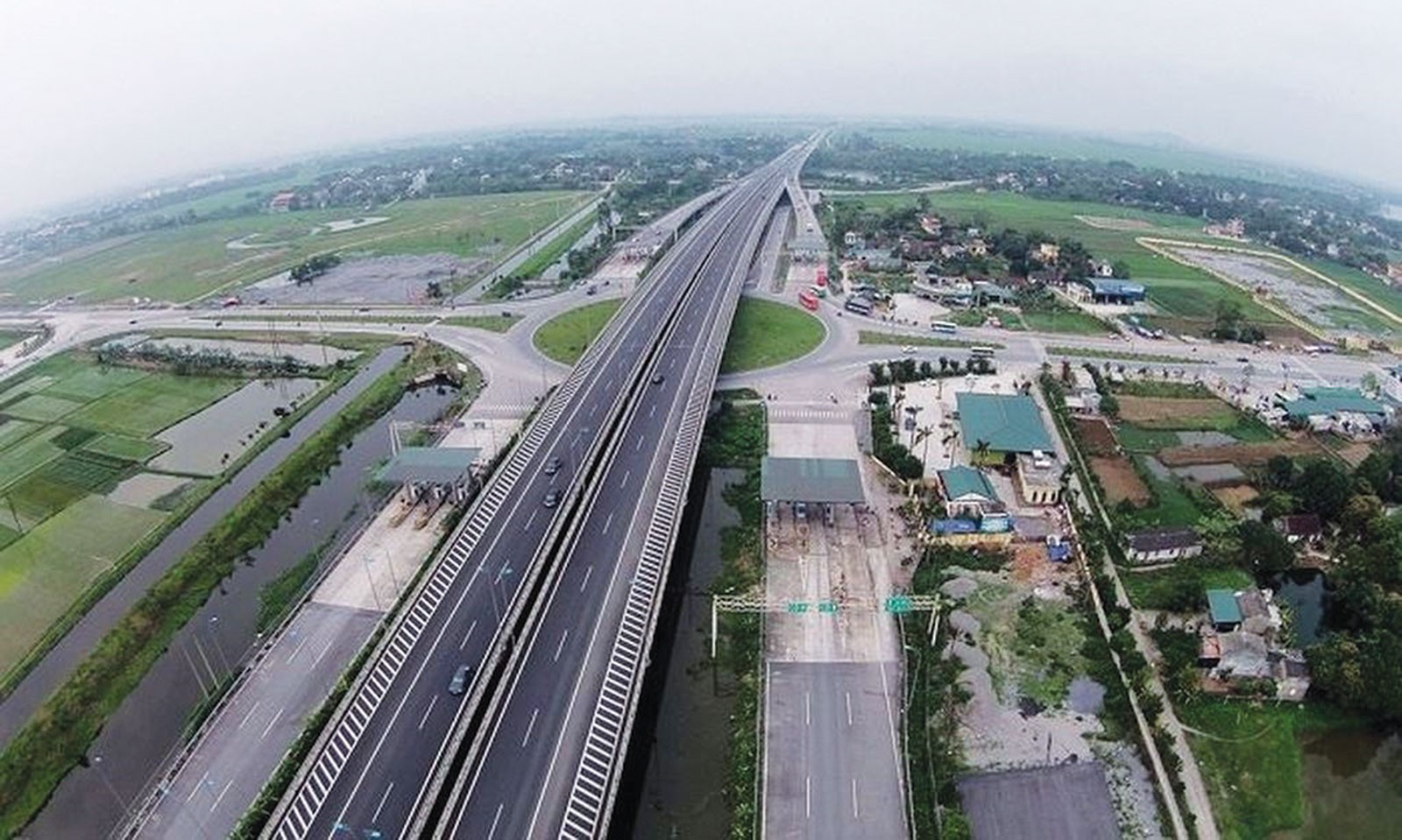
Despite having interests in Vietnam thanks to the country’s low-cost labor and fast-growing market, many foreign firms have been hesitant to do business in the country due to major concerns about the country’s limited infrastructure.
Addressing an annual business event held by HSBC Vietnam on September 24, Amanda Rasmussen, chief operating officer of Indo Trans Logistics Corporation, said that the restrictions of the infrastructure in Vietnam, including overloaded airports, limited waterway transport and heavy reliance on roads, have negatively affected U.S. investors’ decisions on investing in Vietnam.
Rasmussen told the event that Vietnam’s logistics costs currently account for 21% of gross domestic product, much higher than in developed economies such as the United States and other Southeast Asian countries.
High logistics costs push up firms’ costs, she noted.
If Vietnam isn’t able to fast-track progress in closing its infrastructure gap, it risks losing its “mini-China” status that has drawn so many of Bain & Co.’s toy-supplier clients there since 2015, Gerry Mattios, Bain’s Singapore-based vice president told the media. Costs could outweigh the benefits, sending producers to the likes of Sri Lanka or Cambodia, he said.

Infrastructure is a big challenge for Vietnam, especially at its ports. China claims six of the top 10 ports by container traffic in the world - including Shanghai at No. 1 - while Vietnam’s two biggest ports, Saigon and Cai Mep, rank No. 25 and No. 50, according to data compiled by Bloomberg Intelligence.
The World Economic Forum ranks Vietnam 80th among 139 countries and territories on the quality of port infrastructure, with an average score of 3.80 between 2006 and 2018 on a scale of 1 (lowest) to 7 (highest). This puts it lower than countries such as China, India, Thailand, and Sri Lanka.
The major challenge facing Vietnam’s largest ports is the use of small ports and vessels, which account for approximately 80% of container imports and exports in the country. Some ports also suffer from being over-burdened with shipments, which has led to congestion and significant delays.
According to the Vietnam Port Association (VPA), goods owners sustain losses of some US$2.4 billion each year due to the lack of deep-water ports.
Road and rail infrastructure have also not been able to keep up with the country’s economic growth. The rail and road network around ports remains underdeveloped, leading to increased costs. Due to the lack of a rail network connecting various ports, freight currently must be transported by road, adding to shipping costs.
Sharing this view, Pham Hong Hai, a board member of HSBC Vietnam, explained that infrastructure was one of the main drags on investment attraction in Vietnam despite the country’s low-cost labor and fast-growing market.
In addition, other problems such as tax policies, regulations and cyber security have also hindered foreign investment activity.
Hai, however, said that some investors could see challenges while others could see opportunities here in the nation. The Government has succeeded in maintaining macroeconomic stability and gradually improving its legal framework, he said.
Pham Sy Thanh, director of VEPR's Chinese Economic Studies Program, noted that China-U.S. trade tensions have opened a window for Vietnam to attract more foreign investors as businesses are moving out of China to mitigate their exposure to the ongoing trade dispute between the world's two largest economies.

As the country’s infrastructure development is far below its requirements, the government has so far put the investment in the sector among its top priorities.
According to Vu Dai Thang, deputy minister of Planning and Investment, developing the infrastructure system has been identified one of three breakthroughs in Vietnam’s socio-economic development strategy, besides institutional reforms and human resource development.
However, Vietnam still faces several challenges in the process, Thang said, pointing out that because the size of the economy is not large and resource accumulation ability is limited, maintaining a high level of investment from the State budget will put pressure on the macro-balance and overall development.
In addition, Vietnam is a middle-income country, meaning low-cost loans from foreign countries for infrastructure will be scarce and the country must borrow at higher rates.
Therefore, Thang said, private investment will continue to be an important resource for the country’s infrastructure development in the future, given the government budget constraint for public investment.
However, he noted, efforts are needed in institutional reforms to improve the investment climate and raise private resources for infrastructure.

















